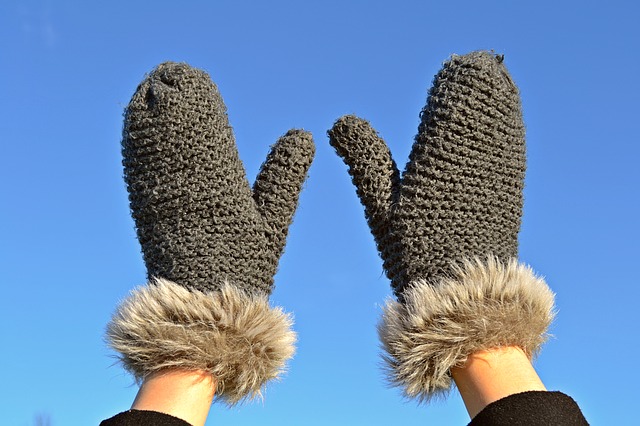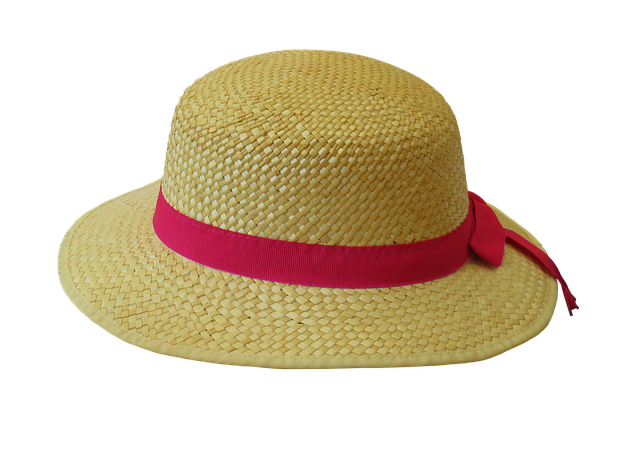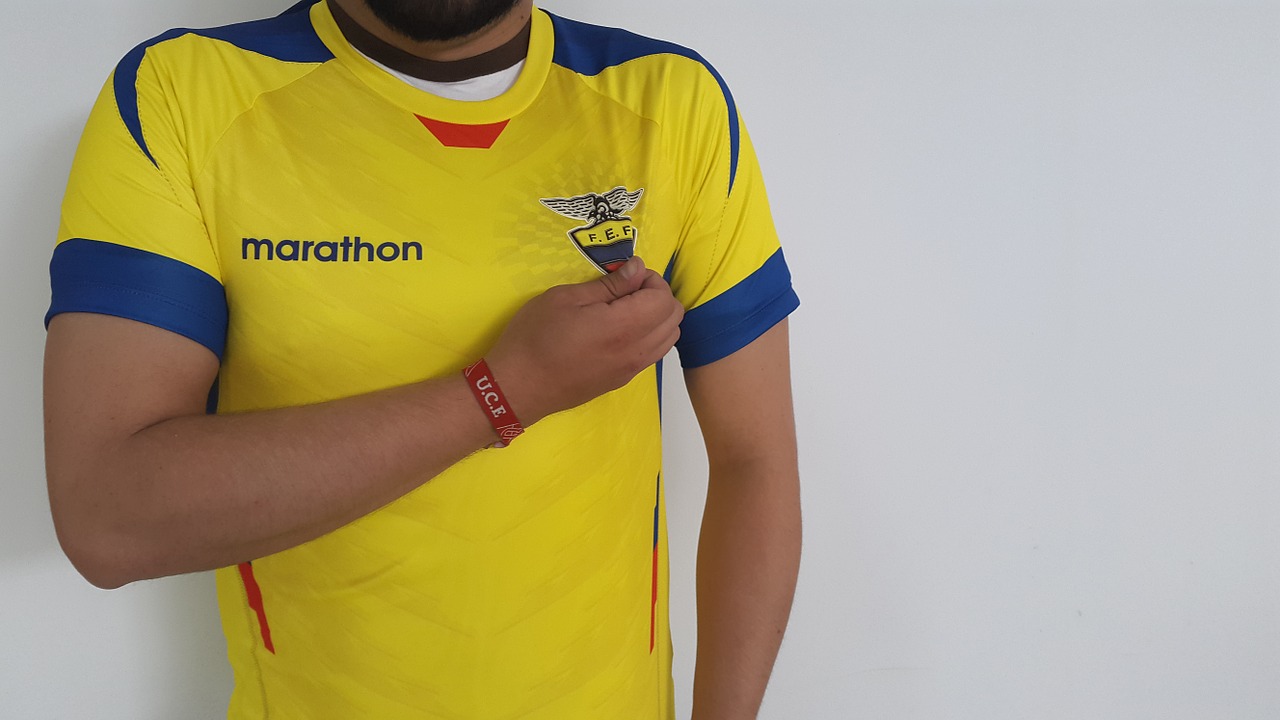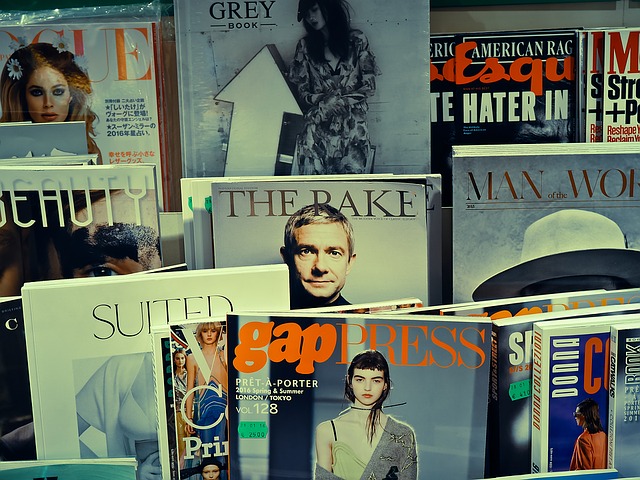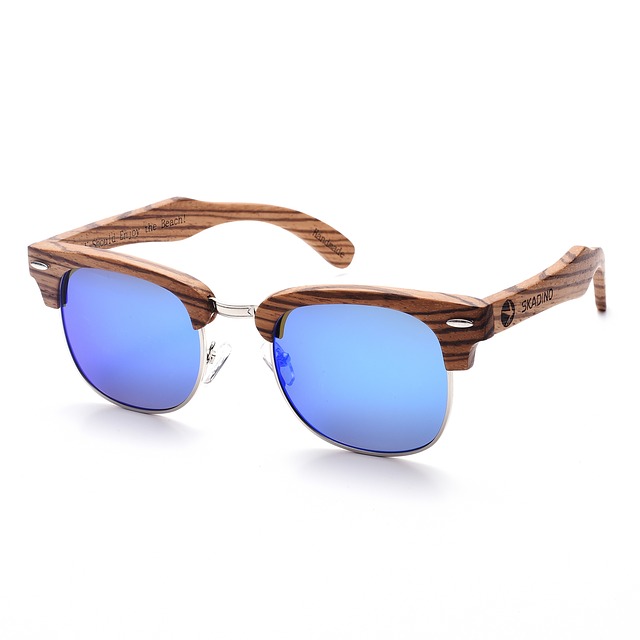Warning: Undefined array key "hidden" in /www/letstefl_188/public/wp-content/plugins/fusion-builder/shortcodes/fusion-gallery.php on line 756
Realia are real objects that you can bring into the classroom. They add a tangible aspect to your lessons which give students a heightened experience around the target language. This extra dimension can really help students to bind the lesson’s target language to memory, especially for students who fall into the kinesthetic learner category.
Think back to when you were in school, during a ‘show and tell’ activity. The chances are you may still remember some items from that day, but may struggle to recall many other lessons.
Examples of Realia
So long as it can be tied into some target language, the choices are almost endless. Just make sure that it’s safe to bring into the classroom, isn’t going to cause a mess, and isn’t culturally sensitive.
Here are some examples of realia that could be brought into your class:
Items which bring some culture from your home country can also be great for starting discussions. For example, a football shirt from your home town can be a great way to start off a lesson on hobbies or sports.
Activities with Realia
When used correctly, realia can be a great way to capture your students’ interests, and reinforce their learning. Below are a few ways in which you can use realia in your classes:
Mystery Bag: The element of surprise is always great for getting attention. If you know any magic tricks then this could be your time to shine. Don’t worry if you don’t know any magic – you can use the Mystery Bag technique.
Bring in a black bag full of items. Look in the bag and choose some emotional reaction. Tell the students you are afraid of/happy about/sad to see what is in the bag. Describe what you see using color, texture, or other adjectives and let the students guess in turn. When a student guesses the object correctly, congratulate them by taking the object out and throwing/handing it to them.
Feel It Out: Never underestimate the power of a blindfold. Introduce objects by bringing students up to the front of the class and have them put on a blindfold. Then, have them feel objects and try to guess what they are.
If they struggle to get it right, then you can encourage the class to help by providing clues.
Up for Grabs: After objects have been introduced in class, a fun way to review them is to play a game where students compete in pairs to grab the correct object.
Divide your class into teams and have two representatives come up at a time to square off. Choose one student on each team to give a description, then say “go!” letting the pair run to grab the correct object from the pile. The one who gets it first must name the object and perform some action with it. This can be particularly fun with clothing, toys, or classroom objects.
There are countless variations of these games which you can experiment with. So long as the object can be tied to some target language and the activity involves a skill such as speaking, writing, or listening, it can be both fun and educational for your class.

 Rated 97% on GoOverseas!
Rated 97% on GoOverseas!
